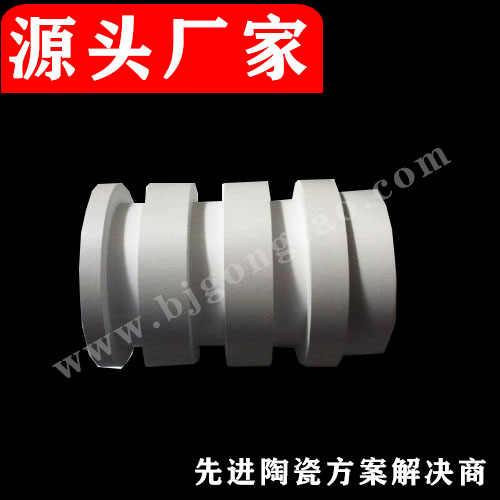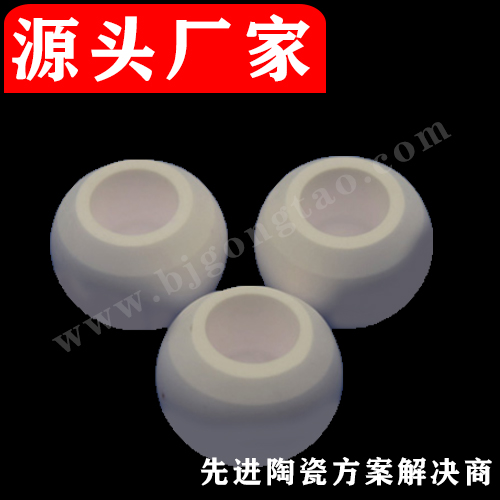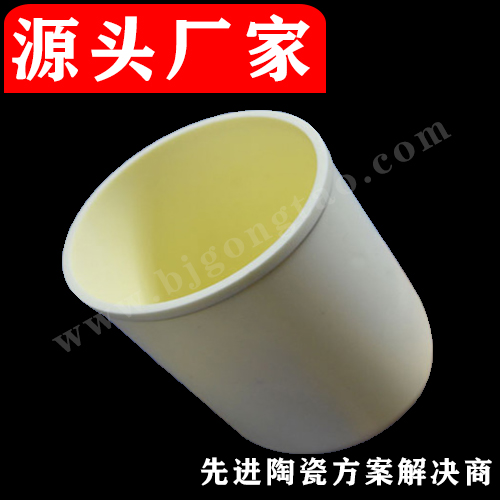
Suzhou Kaifa New Material Technology Co., Ltd.
Email:heqing@szkfxc.com
Email:sales@szbknm.com
Email:bkxc.bonnie@gmail.com
What is nanocrystalline ceramic
What is nanocrystalline ceramics?
Nanocrystalline ceramic is a new material with excellent mechanical and chemical properties. It can be used as a wear-resistant structural material in harsh environments such as high temperature, corrosion, and lubrication, such as ceramic bearings, mechanical seals, textile porcelain, abrasive bodies, Pipes, valves, wear-resistant linings, chemical fillers, etc., have a positive significance for improving the reliability and technical content of traditional structural ceramics and promoting the technological progress of machinery manufacturing, chemical, metallurgy, energy and other related industries. At the same time, nanocrystalline ceramics is also an excellent electronic structure ceramics, which can replace talc porcelain and alumina ceramics as various insulators, tube bases, resistor bases and sealed enclosures for electronic devices.
Its main advantages are low thermal conductivity, high hardness, dense and uniform structure, wear resistance and corrosion resistance. At the same time, it is an insulator at normal temperature, has electrical conductivity at high temperature, and is an excellent solid electrolyte.
Development History
As early as the 1920s, ZrO2was used as a refractory material for melting glass and smelting steel. After the 1970s, people discovered its crystal structure and electrochemical characteristics, andhad a deeper understandingof ZrO2, and developed new structural materials and functional materials based on this. At present,the application fields ofZrO2include aerospace industry, automobile industry, machinery industry, power electronics industry, biomedical industry, building materials and decorative materials. You may have seen parts such as ceramic knives, medical teeth, ceramic bearings, and engine cams. It is not a new material, but it has been gradually applied to some new fields in recent years.
The crystal structure and properties of zirconia ZrO2crystal system includes monoclinic system (m-ZrO2), tetragonal crystal system (t-ZrO2), cubic crystal system (c-ZrO2), and three kinds of crystals The systems can be transformed into each other, and a certain proportion of volume expansion and shear strain will occur during the transformation process. So pure ZrO2 In the production process (the cooling process from high temperature to room temperature), cracks or even cracks are often accompanied by volume changes.
Later, the study found that doping ZrO 2 with appropriate stabilizers can improve the toughness of the ceramics, so the research and application of zirconia phase transformation toughened ceramics has been rapidly developed. At present, the main applications are three types of partially stabilized zirconia (PSZ), tetragonal zirconia polycrystalline ceramics (TZP) and zirconia toughened ceramics (ZTC).

Adding Y 2 O 3 to form partially stabilized zirconia (Y-PSZ) nanocrystalline technology refers to using a material with a crystalline phase as a matrix and adding a small amount of crystal nucleating agent to promote the generation of a large amount of matrix during the temperature drop Unit cells, so that each unit cell can not grow, under a certain matrix ratio, the entire material can be filled with nano-level small unit cells.
On the one hand, these nano-level cells maintain the hardness characteristics of large cells, but on the other hand, they do not have too many defects like large cells to easily crack, thereby greatly improving the overall strength and toughness of the material. And at the same time it will change its own dielectric properties, thermal conductivity, etc.
At present, the lowest cost preparation process of nano-microcrystalline ceramics is to mix the mineral raw material powder matrix with chemical raw materials such as crystal nucleating agent, high temperature melting, cooling molding, heat treatment and other technological processes. The overall process is similar to metal casting, but the temperature required for ceramics is extremely high.
With Mohs hardness table:

This information originates from the Internet for academic exchange only. If infringement please contact us to delete immediately





